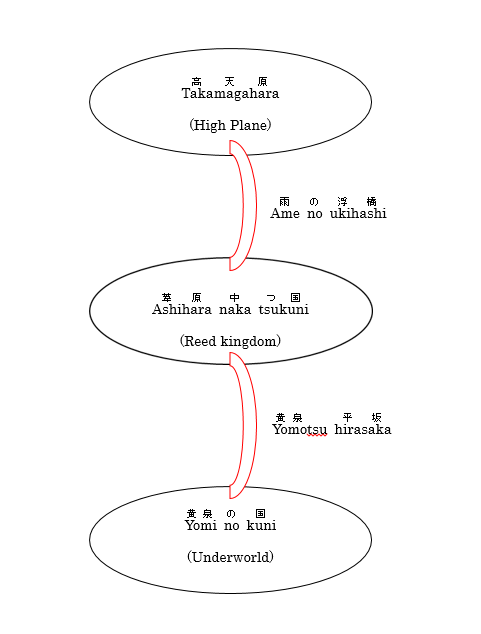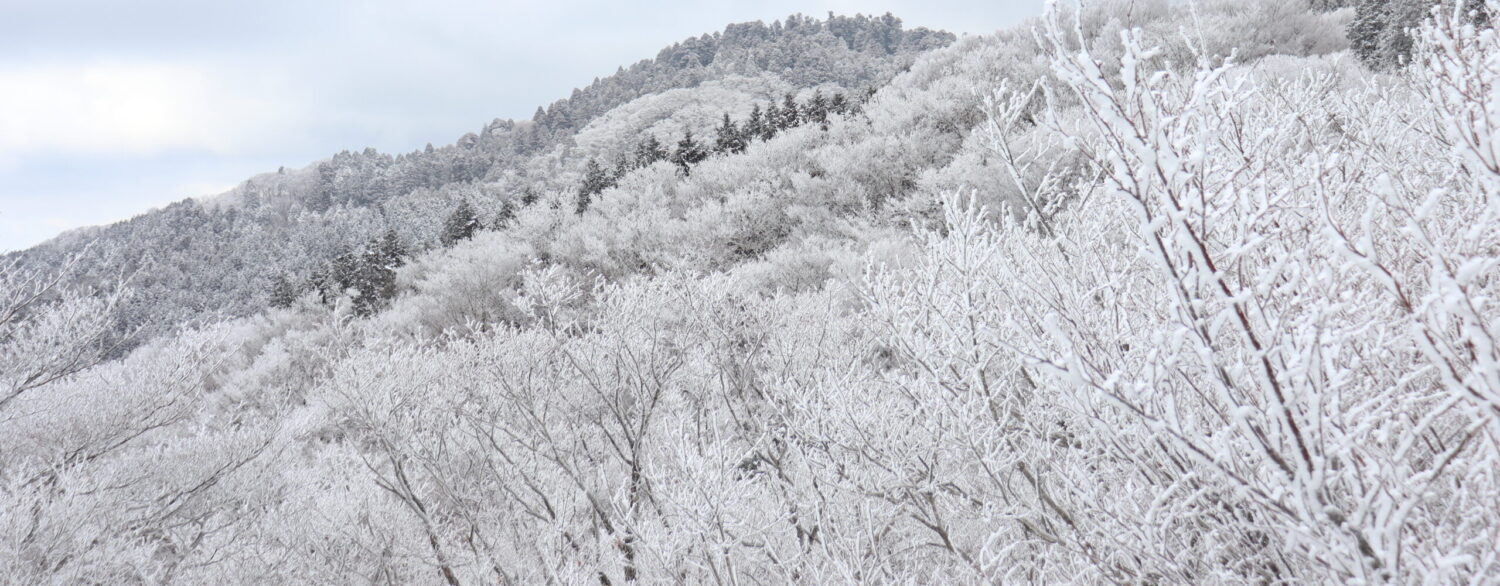Oh Gods! Izanami, Izanagi, and The Creation of Japan
Japanese mythology is a fascinating and strange beast. The stories are both remarkable and sometimes extremely confusing. To complicate things further, there is often very little clear and concise information about Japanese mythology. This lack of resources is frustrating, especially when Japanese mythology is key to understanding Shinto shrines! Since visit a lot, and I mean a lot, of Shinto shrines in this blog, we feel it is of the utmost importance that we explain the basics of Japanese mythology as well abridge its most important myths.
No, no, no! Come back! It’s actually interesting!
I will try to make this as easy as possible, I promise.
So, let’s start at the beginning.
Records of Japanese Mythology and Ancient History
Most Japanese ancient records and history usually comes from two sources:
The Kojiki[古事記] and the Nihon-Shoki[日本書紀]
Completed in 712 C.E. the Kojiki contains the mythical creation of Japan and most of the basics beliefs for the Shinto religion. This was Japan’s first attempt to create a concise cultural narrative. The author accomplished this by collecting the oral histories of the existing provinces at that time. Though the primary function of the Kojiki was to be a history book, the first half of the book deals almost entirely with Japanese mythology. Then, after that, the Kojiki gradually shifts from being primarily a work of pure mythological fiction, to a record of actual historic events.
Completed in in 720 C.E. the Nihon-Shoki became Japan’s second historic record. Its objective was very different than that of the Kojiki’s, which was to be a record of Japanese events and mythology for Japanese people only. The objective of the Nihon-Shoki, on the other hand, was to share the narrative of Japanese history with other countries. This is why original versions of the Nihon Shoki are in classic Chinese, not in Japanese. In addition, the authors of the Nihon-Shoki wanted to impress the Chinese courts by making Japan’s history seem long and distinguished. For this reason, there are parts that are—particularly embellished shall we say. This does not discredit the text, as it does have useful information. But good researchers often cross reference it with other texts as well.
When talking about Japanese mythology, it is conventional to rely primarily on the Kojiki.
With that out of the way, let’s talk about how the world looked in Japanese Mythology.
The World According to Japanese Mythology
In Japanese mythology, the universe consists of three different tiers:

On the first tier is the world of the Heavenly Gods known as Takamagahara[高天原]. This literally translate to the High Heavenly Fields/Plane. Let’s call it the High Plane. This is connected to plane below it by Ame-no-ukihashi[雨浮橋]. Unlike some religions takes on heaven, this is a place unattainable to someone who was born a human.
On the second tier is the world as we know it i.e. mostly just Japan. This is called Ashihara naka tsukuni[葦原中つ国], the middle country of reed fields. Let’s just call the Reed Kingdom for simplicity’s sake. The Earthly Gods live here, as well as people, though people didn’t exist for a long time and basically just— appeared? The Reed Kingdom is connected to the third and final tier by Yomotsu-hirasaka[黄泉平坂].
Finally, there is Yomi no Kuni [黄泉の国], or just Yomi from now on. There are many different words that are suitable translations for this plane; the Underworld, Hades, The land of the dead —you get the idea. Sometimes you will see Yomi translated as Hell but to me this doesn’t seem quite right. For one, descriptions of Yomi often lack the fire and brimstone of that one usually associated in when one describes “Hell”. Rather this is a dark, underground, polluted land where things go when they die. Secondly, Yomi isn’t necessarily a land of punishment and suffering. Shinto gods, as a rule, love things that are clean and pure and abhor filth and death, so maybe to them Yomi is Hell.
There is also a place called Ne no Kuni[根の国], which seems to be exactly the same as Yomi, save for the difference in the name and the god that rules there.
The First Gods in Japanese Mythology
The Kojiki says the universe began on the High Plane. At first, it was just an empty space until five gods appeared. These mysterious gods, called the Kotoamatsu-gami [別天津神], disappear as quickly as the text mentions them (oddly, some of them come back at a later point in the Kojiki). These gods then give way to twelve other gods, the Kamiyo Nanayo [神代七代]), of which Izanami[伊邪那美] and Izanagi[伊邪那岐] were the youngest.

Sadly, there is essentially no specific details about any of these gods other than Izanami and Izanagi. As far as we know, there are no shrines specifically to any of them anywhere in Japan, no folklore, nothing.
The Creation Myth
The gods sent Izanami and Izanagi to the Reed Kingdom to shape and pacify it, as it was nothing but a sea of chaos. Izanagi took his spear, and plunged it into the chaos. He stirred his spear and pulled it out of the chaos sea. Four drops fell from the tip of his spear, each drop eventually morphing into the islands of Japan. He, along with his twin sister/wife Izanami, began creating other gods. For them, this could be as simple as removing their clothes, trimming their hair, taking a bath, the passing of bodily fluids—Because Izanami and Izanagi were so pure these acts alone could spawn hundreds of gods!

In addition, Izanami also physically conceived and gave birth to many, many gods. I am not going to mention any of these gods now except the last god Izanami gave birth to the fire god Kaguzuchi [加具土命]. Izanami suffered terrible burns when she gave birth to the fire god; so bad in fact that she died and went to Yomi.
Heartbroken, Izanagi ventured to Yomi to bring her back, but he sadly failed. Beaten, Izanagi returned to the High Plane alone. To rid himself of the filth of Yomi, Izunagi took a bath in the sea, which spawned more gods! Of the many gods that were born by this purification act, three stood out above them all— by washing his right eye, Amaterasu [天照大神] goddess of the sun, was created. Washing his left eye created Tsukiyomi[月読命], the god of the moon. Cleaning out his nose created Susano-o[須佐之男命], the god the seas.
Tune in next time for the next installment of our Japanese mythology series!

Leave a Reply